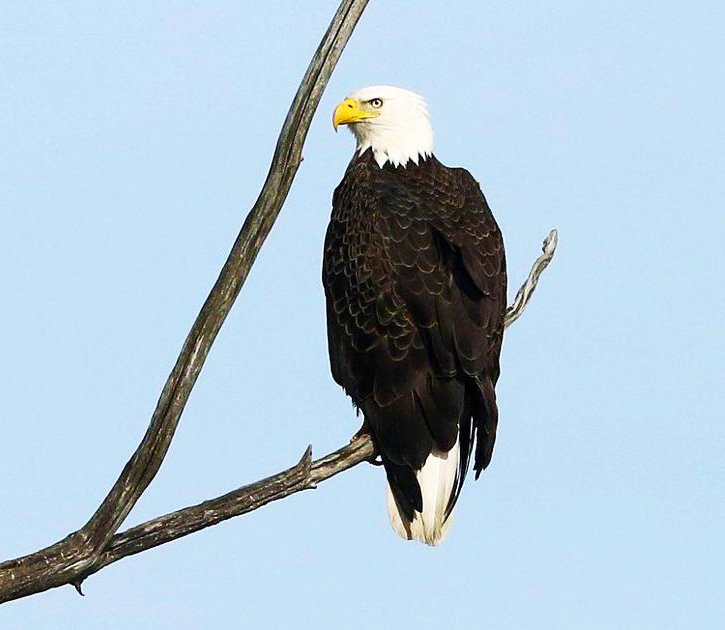According to the New Jersey Division of Fish and Wildlife, the bald eagle population in New Jersey has been steadily increasing in recent years. In the early 1980s, there were only a few nesting pairs of bald eagles in the state, but as of 2021, there are over 250 active nesting territories. This recovery is due in large part to conservation efforts, including the ban on DDT and other pesticides that were harming eagle populations. The successful reestablishment of bald eagles in New Jersey is a great success story for wildlife conservation, and the birds are now a common sight along the state’s rivers and coastal areas.
How many bald eagles are in New Jersey?
It is difficult to estimate the exact number of bald eagles in New Jersey, as the population size can vary from year to year depending on factors such as breeding success, mortality rates, and migration patterns. However, the New Jersey Division of Fish and Wildlife reports that the state has over 250 active nesting territories as of 2021. Each territory is typically occupied by a breeding pair of eagles, so the total number of eagles in the state is likely around 500 individuals. It is worth noting that the bald eagle population in New Jersey continues to grow and expand, so this number is likely to increase in the coming years.
What makes the bald eagle an apex predator?
Bald eagles are considered to be an apex predator because they sit at the top of the food chain in their ecosystem. This means that they have no natural predators and they play a critical role in maintaining the balance of the ecosystem by controlling the populations of the animals they prey upon.
Some of the characteristics that make bald eagles apex predators include:
- Size and Strength: Bald eagles have powerful talons and beaks that allow them to effectively hunt and kill their prey. They are also larger and stronger than most of the animals they hunt, which gives them an advantage in a confrontation.
- Hunting Skills: Bald eagles are excellent hunters, with keen eyesight and the ability to fly at high speeds to catch prey in mid-air. They also have the ability to swim and dive to catch fish, making them versatile hunters.
- Adaptability: Bald eagles are found in a variety of habitats, from coastal regions to forests, and they are able to adapt to changing conditions in order to find food.
- Fear Factor: Bald eagles have a powerful presence and are often seen as a symbol of strength and freedom, which can make other animals fearful of them and help them to assert their dominance as an apex predator.
In conclusion, the combination of physical strength, hunting skills, adaptability, and fear factor make bald eagles successful apex predators in their ecosystem
Article by Gunar Bergholz of Bergholz Tree Experts. Trust #thebergholzdifference for your next tree issue. Contact us




